
Rome rarely hides anything. The city thrives on grandeur, queues, and the steady hum of visitors moving from monument to monument. Yet in the middle of this familiar chaos stands a place that feels almost invisible. The Colonna Palace sits only a few steps from Piazza Venezia, tucked behind streets where taxis rush past and tourists hunt for gelato. Most people never stop to consider that behind these quiet walls is one of Europe's most significant private art collections. The palace is not a relic or a staged attraction. It is a home, lived in by a family whose story is inseparable from Rome itself. Only ten people are permitted inside at a time, and only on Friday and Saturday mornings, guided by art historians who know how fragile this world is. The secrecy is deliberate, and the rarity is the point.
Also Read: What Is Konbini Tourism? How It's Related To The Global Rise Of Grocery-Store Tourism
Inside Colonna Palace in Central Rome
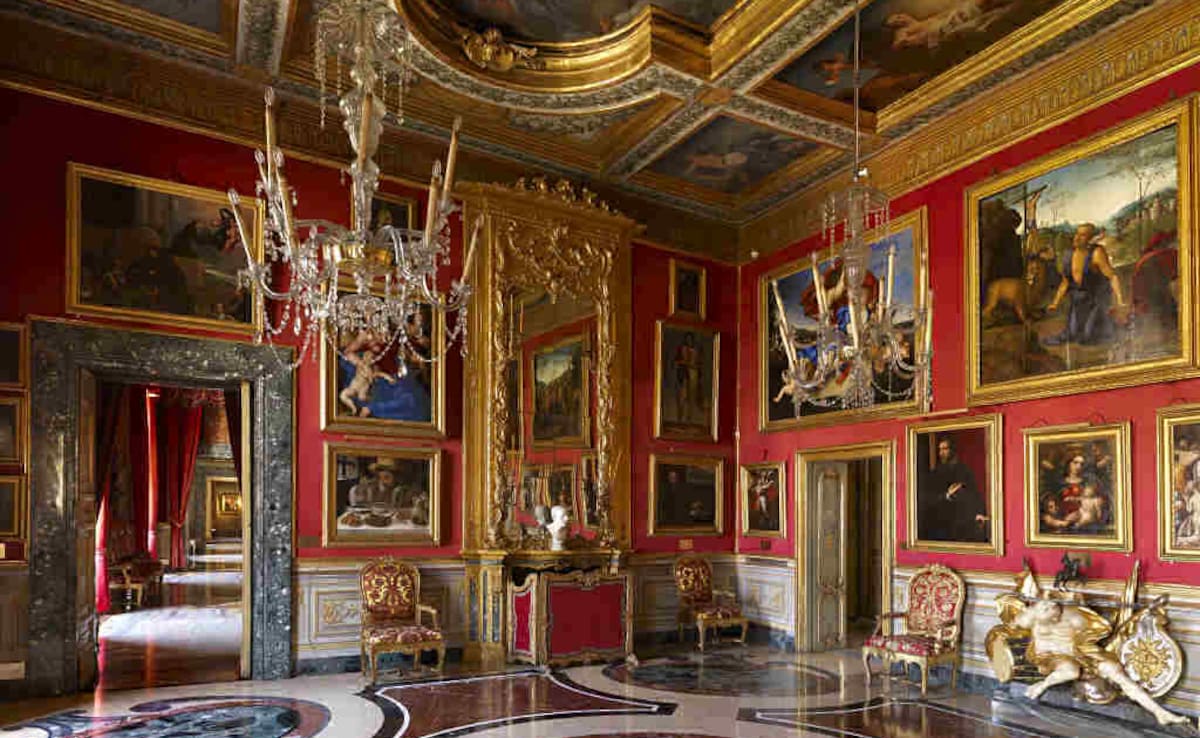
The building spans an entire city block in central Rome. From the street it appears restrained, but inside it holds:
- Four baroque wings
- Rare paintings and sculptures
- Tapestries and marble busts
- A 76 metre Great Hall that looks untouched by time
Many Romans walk past it daily, unaware that such an archive exists metres from a busy crosswalk.
Its discreet nature has a purpose. Elisabetta Cecchini, a restorer at the palace, sets the tone clearly:
“We cannot have mass tourism. It is not the wish.”
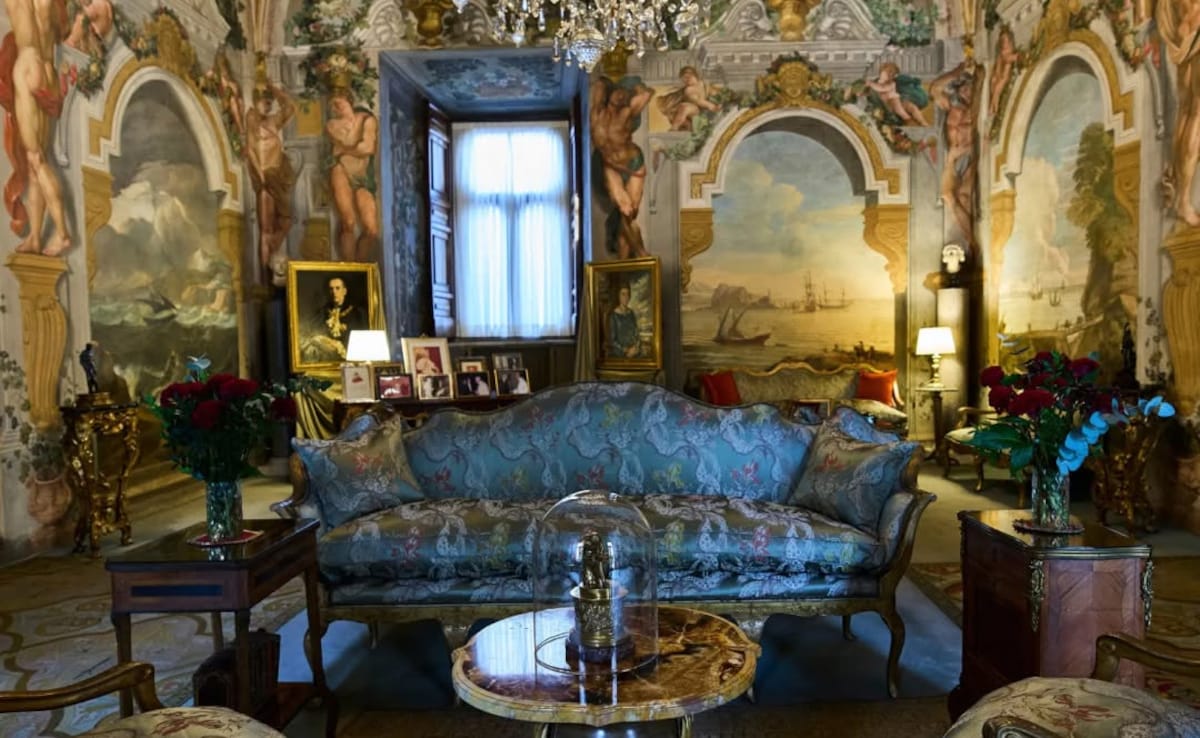
The family insists the palace “is not intended as a museum to be commodified”. It is an argument rooted in protection rather than performance.
Claudio Strinati, former superintendent of Rome's museums, reinforces this idea:
“These were not conceived as tourist attractions. Rather, they are made for those who have a certain understanding of history.”
The palace remains open, but on its own terms.
Why Colonna Palace Limits Visitors

The Colonnas hold one principle above all others: "Art survives only when it is shielded from overuse."
Crowds bring heat, humidity, and constant physical stress that even strong conservation plans struggle to counter. Their approach rests on three priorities:
- Maintain the building as a living home rather than a high-footfall attraction
- Allow slow, guided access to protect fragile artworks
- Keep the collection on-site, following a long-standing family trust
None of this is about exclusivity for spectacle. It is about survival.
Colonna Family History and Black Nobility

The Colonnas have lived here since the 12th century and are part of Rome's “black nobility”, families who remained loyal to the Papal State after Italy unified in 1870. They hung black banners from their palaces as a sign of mourning.
Inside the palace, that continuity is unmistakable.
| Period | Colonna Impact |
| Medieval period | Established political influence in the Papal States |
| 1417 | Oddone Colonna elected as Pope Martin V |
| 16th century | Marcantonio Colonna's naval command shaped European politics |
| 20th century | Princess Isabella protected the artworks during the Nazi occupation |
The current sitting prince, Don Prospero Colonna, still resides in part of the palace. Occasionally, the family opens the space for high-profile events such as the release of Pope John Paul II's 2005 book or the Metropolitan Museum of Art's 2018 fashion exhibition. These moments are rare and underline how carefully the palace guards its privacy.
Princess Isabella's wartime actions remain one of the palace's defining stories. Cecchini recalls how she ordered the artworks “crammed into a wing of the building whose entrances were then walled up”. The Nazi soldiers never found them.
Also Read: Chumathang Hot Spring: Soothing Himalayan Stopover You Should Not Miss
Inside the Rooms of Colonna Palace
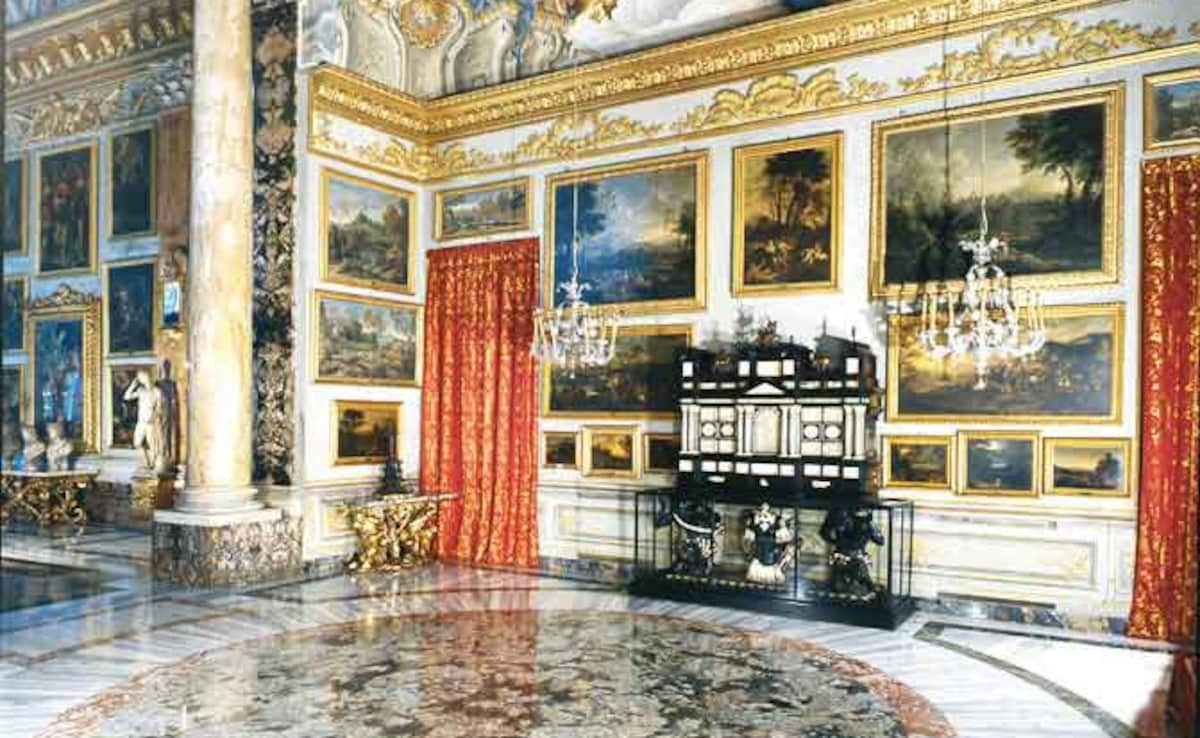
Walking through the palace feels like moving through chapters of Roman politics.
The Throne Room
- Dedicated to Oddone Colonna, later Pope Martin V
- His portrait watches over the space
- The palace served as the papal residence for ten years
This room signals the family's influence in shaping the Catholic Church at a crucial moment.
The Great Hall
The Great Hall is a masterpiece of scale and detail, with:
- A frescoed ceiling recounting the Battle of Lepanto
- Marble columns and glittering chandeliers
- Artworks that remain exactly where the family placed them centuries ago
This is also the setting for the final scene of Roman Holiday. Audrey Hepburn famously said:
“Rome. By all means, Rome. I will cherish my visit here in memory as long as I live.”
Most viewers will never stand in this hall, which only strengthens its mythic quality.
Colonna Palace in Culture and Film

The palace appears quietly in modern culture:
- As a location in classic cinema
- As a backdrop for major literary and fashion moments
- As a private archive that carries political and artistic history forward
Its influence is not loud, but it is lasting.
Why Colonna Palace Matters Today
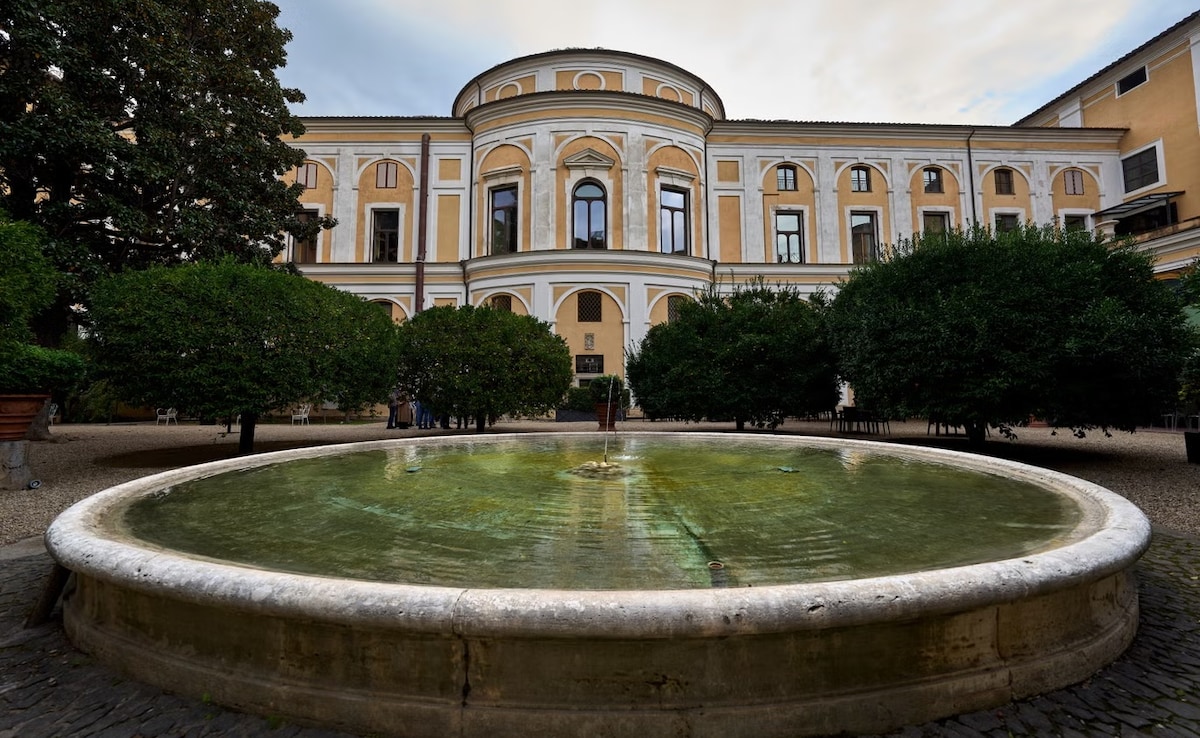
Rome faces intense pressure from overtourism, and many historic sites struggle under constant footfall. The Colonna Palace offers a different model:
- Low visitor numbers (only 10 people at a time)
- High preservation standards
- Zero commercial distractions
- A focus on storytelling rather than spectacle
In the courtyard, Patrizia Piergiovanni, director of the gallery, explains the bond between the city and the family:
“We can say that the Colonna cannot exist without Rome, but even Rome cannot exist without the Colonnas. Being one of the great families, they have contributed a lot.”
The palace stands as proof that heritage can remain intact when it is protected with intention.
How to Visit Colonna Palace
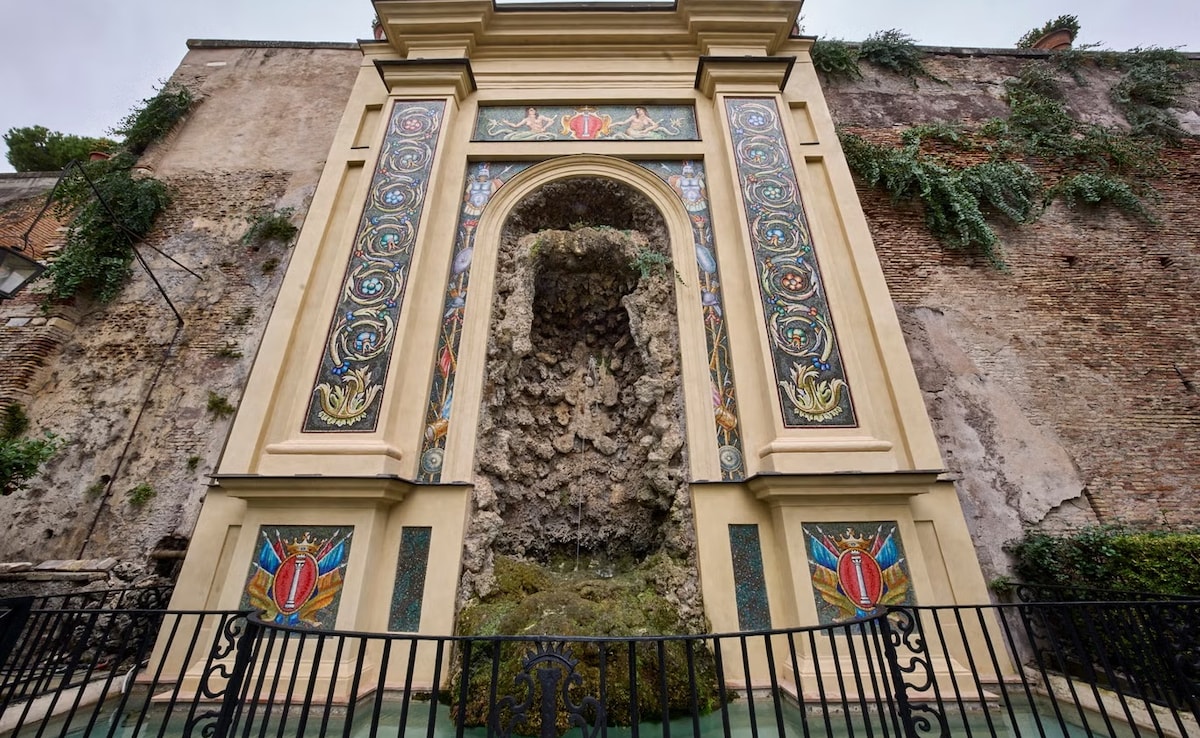
A visit requires planning. Access is limited and the environment is kept calm.
Expect:
- Friday and Saturday morning openings only
- Ten visitors per time slot
- A guided experience led by an art historian
- Restricted photography
- A slow, measured pace through each room
Book tickets well in advance, as they fill quickly. The palace is a short walk from Piazza Venezia, making it easy to pair with nearby landmarks. Allow the first half of the day for the visit to avoid rushing.
Also Read: Jaipur vs Jodhpur: Where Should Your Rajasthan Trip Begin
How Indian Travellers Can Visit Colonna Palace
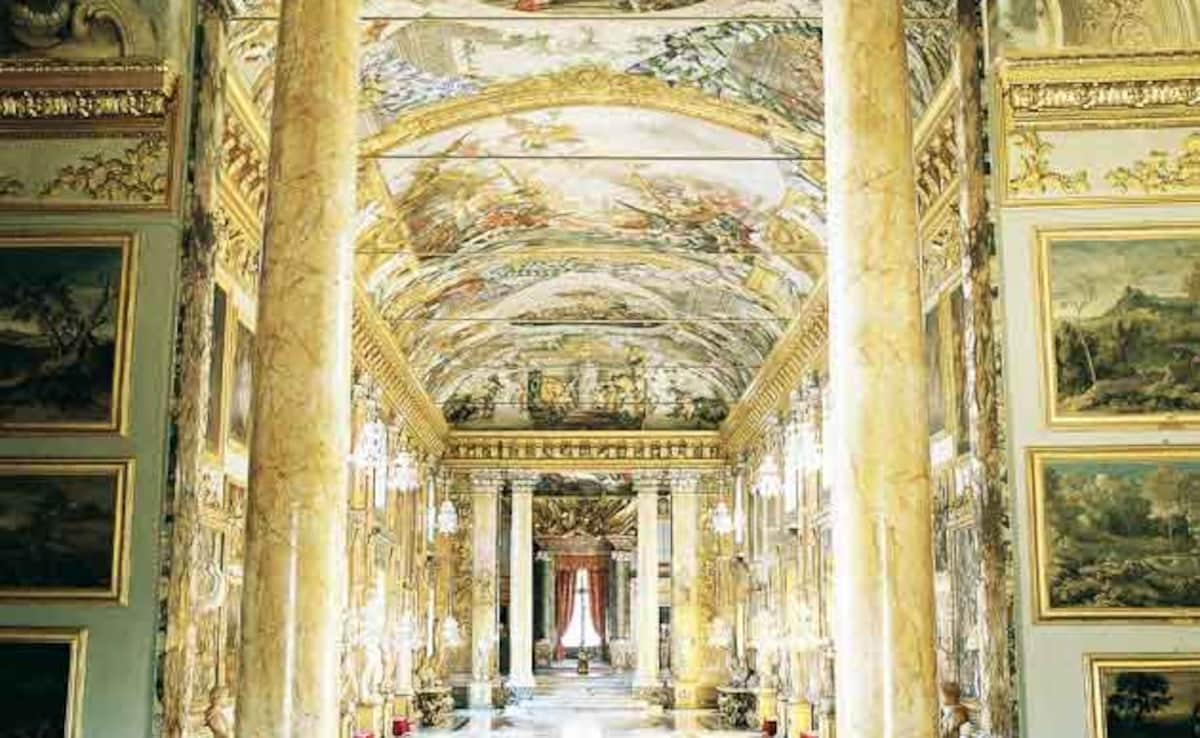
1. Visa Requirements for Indian Travellers
Indian citizens need a valid Schengen visa, applied through VFS centres under the Italian consulate. Requirements include confirmed accommodation, return flights, financial proof, travel insurance, and employment documentation. Since processing times vary, applying a few weeks ahead is advisable.
2. Booking Your Visit in Advance
Because the palace allows only ten visitors per slot, tickets must be booked online before travelling to Italy. Visits are limited to Friday and Saturday mornings and are guided by trained art historians. Booking early helps avoid gaps in the itinerary.
3. Reaching the Palace Once in Rome
The palace sits close to Piazza Venezia. Travellers can reach the area by:
- Metro Line A (Barberini station followed by a short walk)
- Public buses that stop at Piazza Venezia
- Tram routes that connect central districts
From Piazza Venezia, a brief walk along Via della Pilotta leads directly to the entrance. The location makes it simple to visit other central sites such as Trajan's Column or the Roman Forum afterwards.
4. Planning Your Day Around the Visit
Since all visits are morning-only, keeping your schedule flexible helps. The guided tour moves slowly and focuses on observation rather than photography. Combining the palace with nearby attractions makes the day manageable without rushing across the city.
What You Will Remember Most
The Colonna Palace is one of Rome's great contradictions. It sits in the centre of a city visited by millions, yet only a small number will ever see its rooms, its frescoes, or the Great Hall where Audrey Hepburn once stood. That rarity is not an attempt at mystique. It is a commitment to keep history alive exactly where it occurred.
The palace is not a museum. It is not a packaged attraction. It is a lived home that has shaped nearly a thousand years of Roman life. Those who step inside understand immediately why some places remain guarded. The experience feels personal because it is preserved with purpose.

